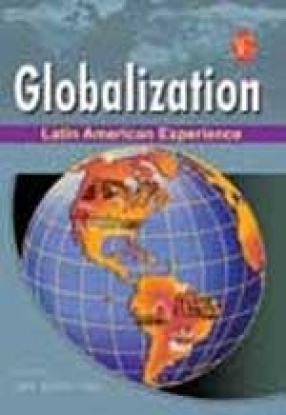After the "lost decade" of the 1980s, the 1990s were a distinct improvement for Latin America with the continent embracing the structural reform process. GDP growth rose as high as 4 percent in 1997 prior to the outbreak of the crisis in Asia and in the emerging markets. On a country basis, 17 countries were found to have raised their average annual growth rate in the 1990s (average per capita income in the region grew 1.5 percent per annum in the 1990s) compared to the 1980s. Besides, 24 countries showed a reduction in the volatility of their growth performance while 13 countries achieved both higher growth and greater stability of growth. Inflation was also brought down to single-digit-level after decades of double-digit inflation. These enhanced economic performance had its reflection in the various parameters of social progress. Between the period 1975 and 1997, the gap in the UNDP’s Human Development Index was reduced by more than 20 percent, reflecting a substantial improvement in social indicators. Despite these positive directions of economic development, the extent of poverty still affected 36 percent of Latin Americans. Income distribution across quintiles or deciles continued, thus presenting a discouraging picture. The aforementioned portrayal brings up the Latin American development initiated with the globalization process. The present volume is a modest effort at capturing some essence of this process wherein the basic idea of the circumstances for embracing globalization and economic development ushered thereon, supplemented with individualistic experiences, are examined.
Globalization: Latin American Experience
In stock
Free & Quick Delivery Worldwide
reviews
Bibliographic information
Title
Globalization: Latin American Experience
Author
Edition
1st ed.
Publisher
ISBN
9788131420140
Length
236p.
Subjects








There are no reviews yet.